Botanic Gardens and Plant Conservation
What is a Botanic Garden?
Botanic gardens are institutions holding documented collections of living plants for the purpose of scientific research, conservation, display, and education. In 2018, BGCI updated the criteria that define a botanic garden to have a greater emphasis on conserving rare and threatened plants, compliance with international policies, and sustainability and ethical initiatives.
BGCI has developed an Accreditation Scheme to distinguish between gardens and botanic gardens. The scheme uses BGCI’s updated definition of a botanic garden as well as the outcome of BGCI’s technical review on defining a botanic garden.
History of Botanic Gardens
Gardens and the cultivation of plants have been around for thousands of years with the first examples dating to around 3,000 years ago in ancient Egypt and Mesopotamia. However, the first ‘true’ botanic gardens with an underlying scientific foundation were the physic gardens of Italy created in the 16th and 17th centuries. These gardens were purely for the academic study of medicinal plants. By the 16th Century these medicinal gardens had spread to universities and apothecaries throughout central Europe such as Cologne and Prague.
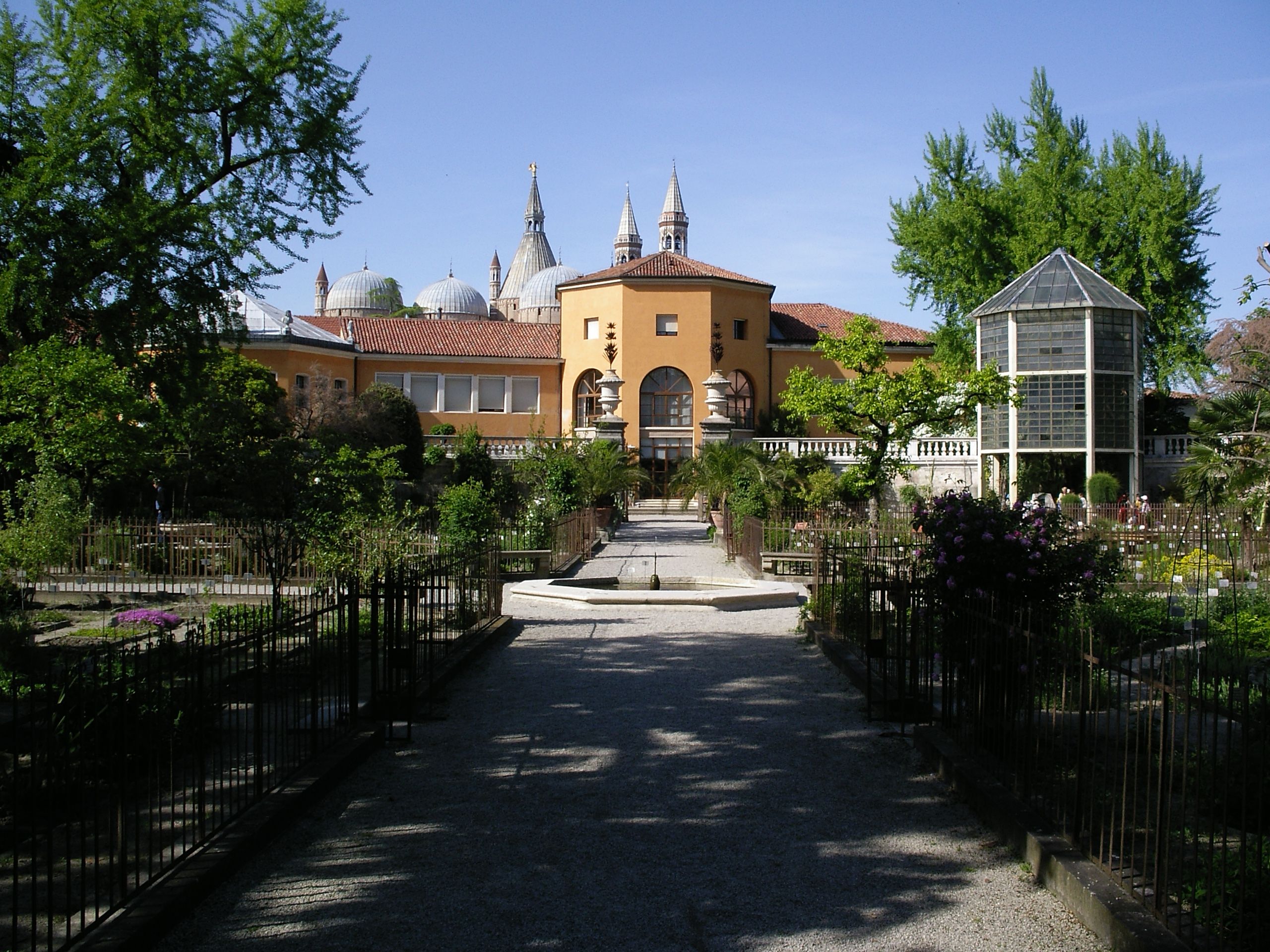
Botanic Garden of Padua, Italy
The Botanic Garden at the University of Padua was among the first botanic gardens ever recorded.
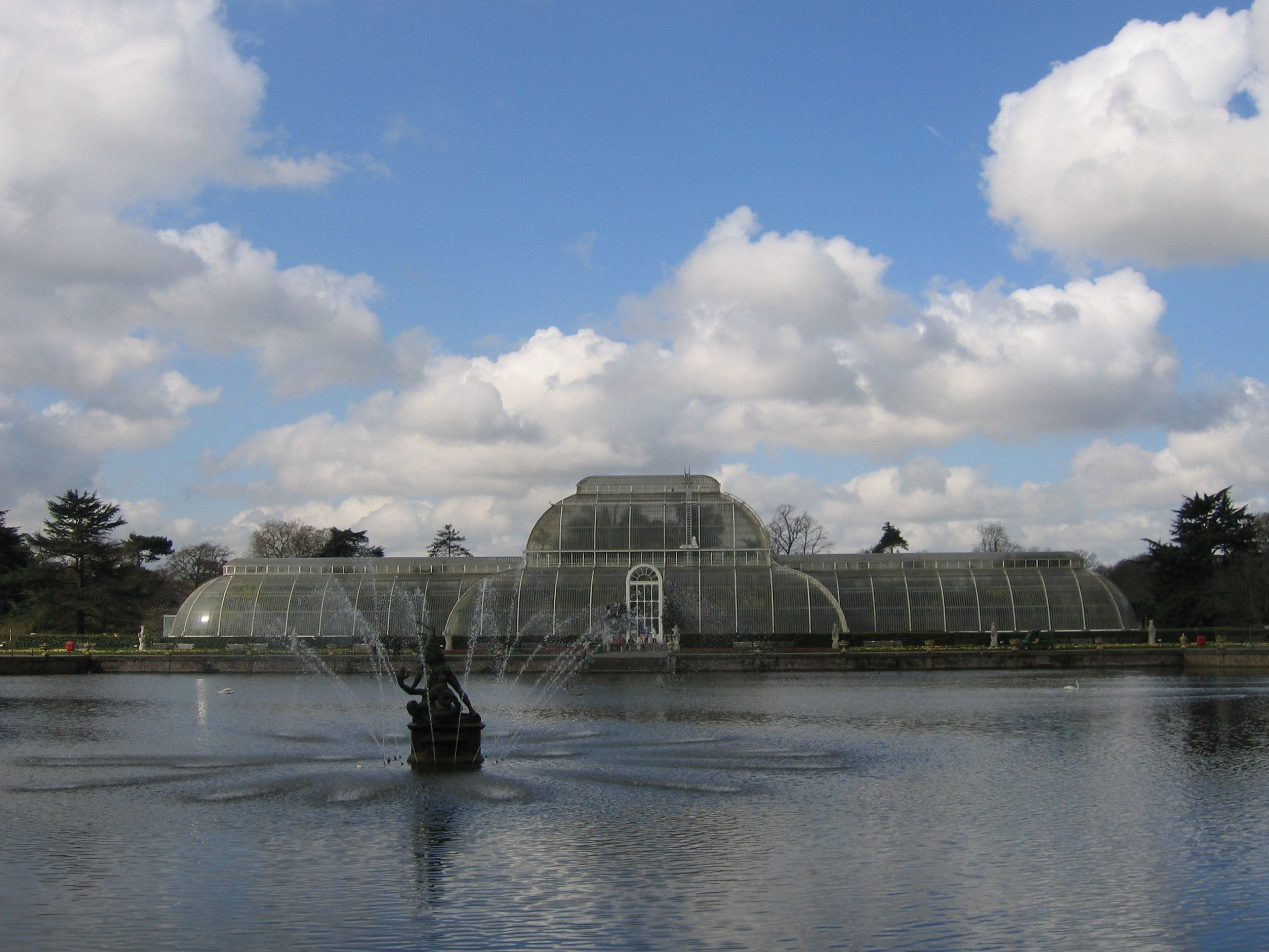
Royal Botanic Gardens, Kew
The Royal Botanic Gardens, Kew was one of the first scientific based botanic gardens.
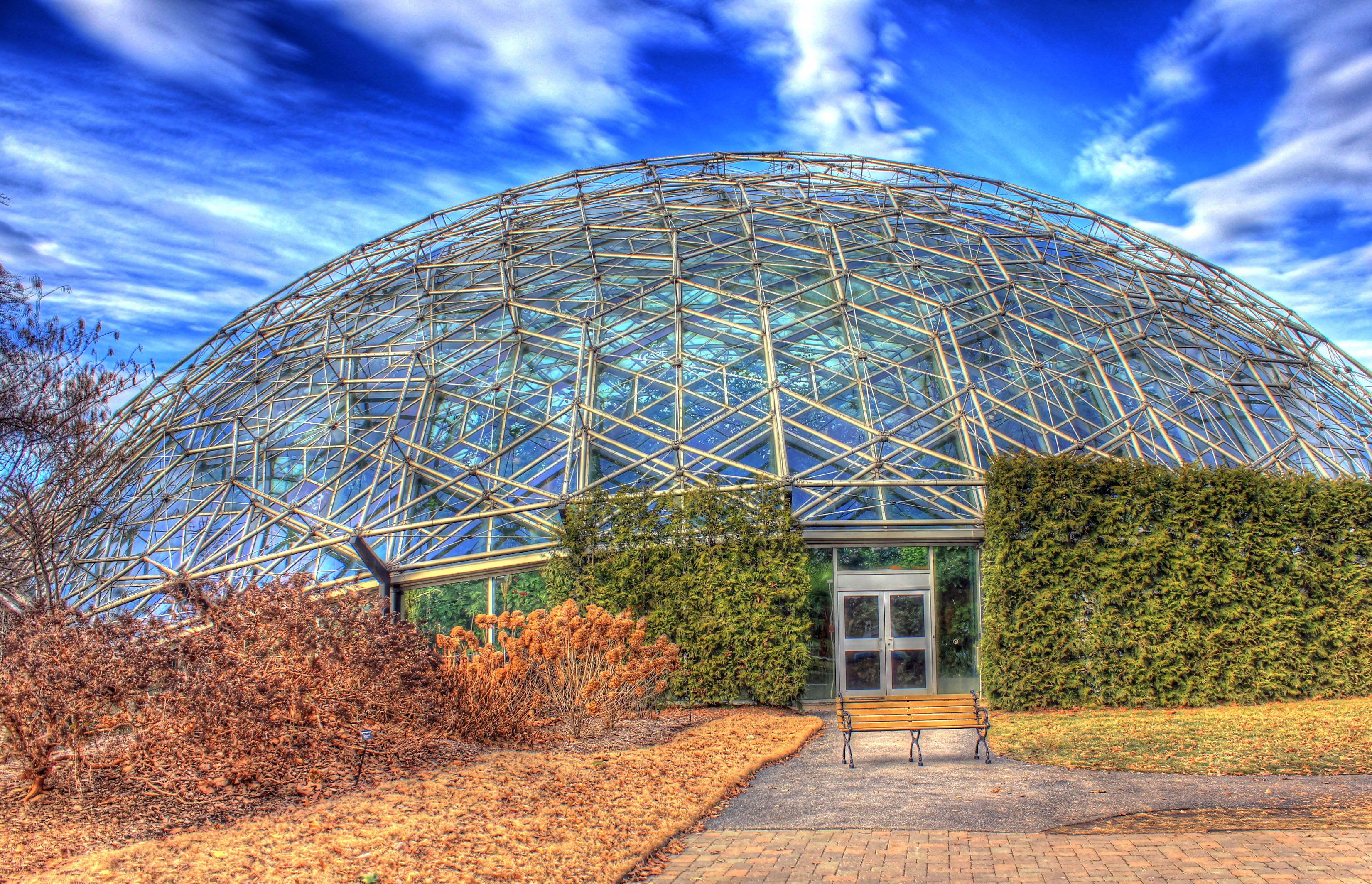
Missouri
Missouri Botanical Garden was among the first botanic gardens to be established in the USA in 1859.
Botanic gardens then experienced a change in usage during the 16th and 17th century. This was the age of exploration and the beginnings of international trade. Gardens such as the Royal Botanic Gardens, Kew and the Real Jardín Botánico de Madrid were set up to try and cultivate new species that were being brought back from expeditions to the tropics. Not only did these gardens promote and encourage botanical exploration in the tropics, they also helped found new gardens in the tropical regions to help cultivate these newly discovered plant species.
In the last 50 years botanic gardens are increasingly recognised as being extremely important to conservation due to their existing collections and the scientific knowledge they possess in the propagation of plant species. There are now currently 1775 botanic gardens and arboreta in 148 countries around the world with many more under construction or being planned. You can use our Garden Search Database to search for botanic gardens by keyword or country.
Role of Botanic Gardens
Botanic gardens have had a changing role throughout history and they continue to adapt and serve the needs of society as new challenges arise. Being major tourist destinations, attracting an estimated 500 million visitors each year, they are important contributors to local and national economies. They also provide many benefits to society such having a positive impact on mental and physical health, particularly in urban settings where the majority of botanic gardens are situated. As illustrated above, botanic gardens have in more recent years become key players in both the conservation of plants and in the education of the people who come to see them.
Several botanic garden activities are important for the conservation of plants around the world, including:
- Horticulture and cultivation skills allow botanic gardens to grow plants that might be lost in the wild. Living collections and seed banks safeguard species and enable the restoration and rehabilitation of degraded habitats.
- Research and development into plant taxonomy and genetics, phytochemistry, useful plant properties and informing selection of plants that can withstand degraded and changing environments (especially important with the threat posed by climate change).
- Education is a strength of botanic gardens that allows them to communicate the importance of conserving plants, reaching out to diverse audiences, and also to communicate how this may be achieved.
- Linking plants with the well-being of people, and also helping conserve indigenous and local knowledge, to encourage the sustainable use of plant resources for the benefit of all, as part of sustainable development.
Why Conserve Plants?
Plant diversity underpins the functioning of all ecosystems, which in turn provide the fundamental support systems upon which all life depends. Services provided by ecosystems include carbon sequestration, climate regulation, nutrient cycling, and pollination. Plants provide us with many direct benefits such as food, medicine, clothes, shelter, and the raw materials from which countless other products are made, as well as having important cultural and spiritual values.
Plants are therefore an essential resource for human existence and we should all be aware that plants across the world are endangered with many facing extinction. Their conservation should be a key component of efforts for biodiversity conservation.
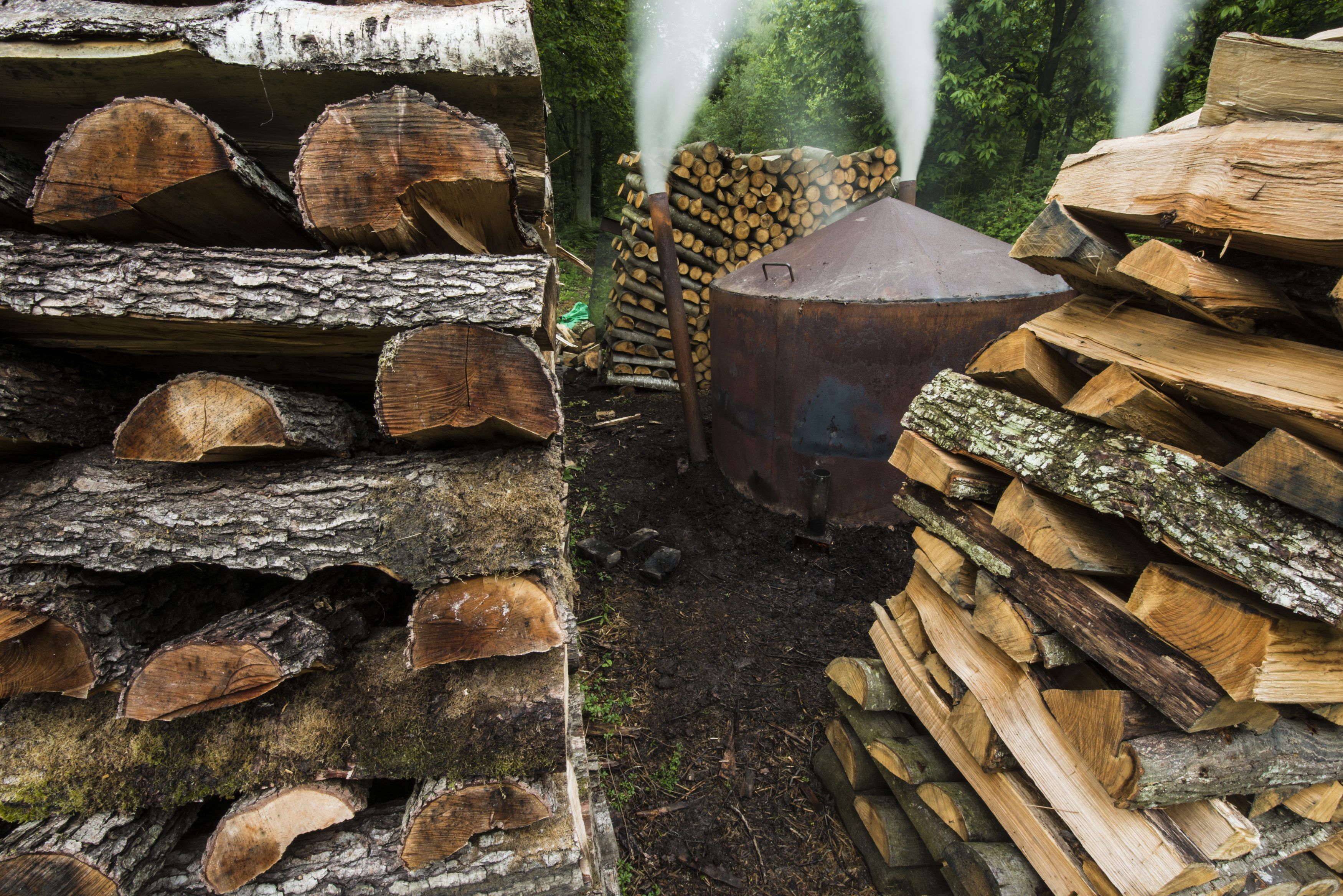
Charcoal production
Charcoal production using a traditional charcoal kiln
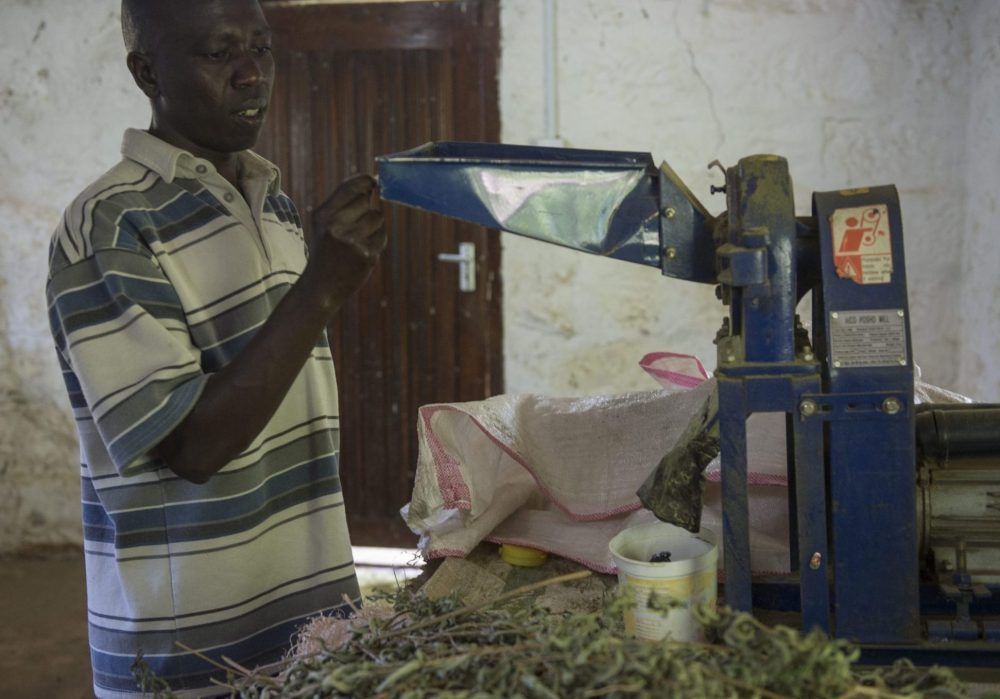
Processing-herbal-medicine-Kenya-Barney-Wilczak-_DSC4390
An estimated 50,000 plant species are used medicinally, with global trade exceeding $60 billion per year.
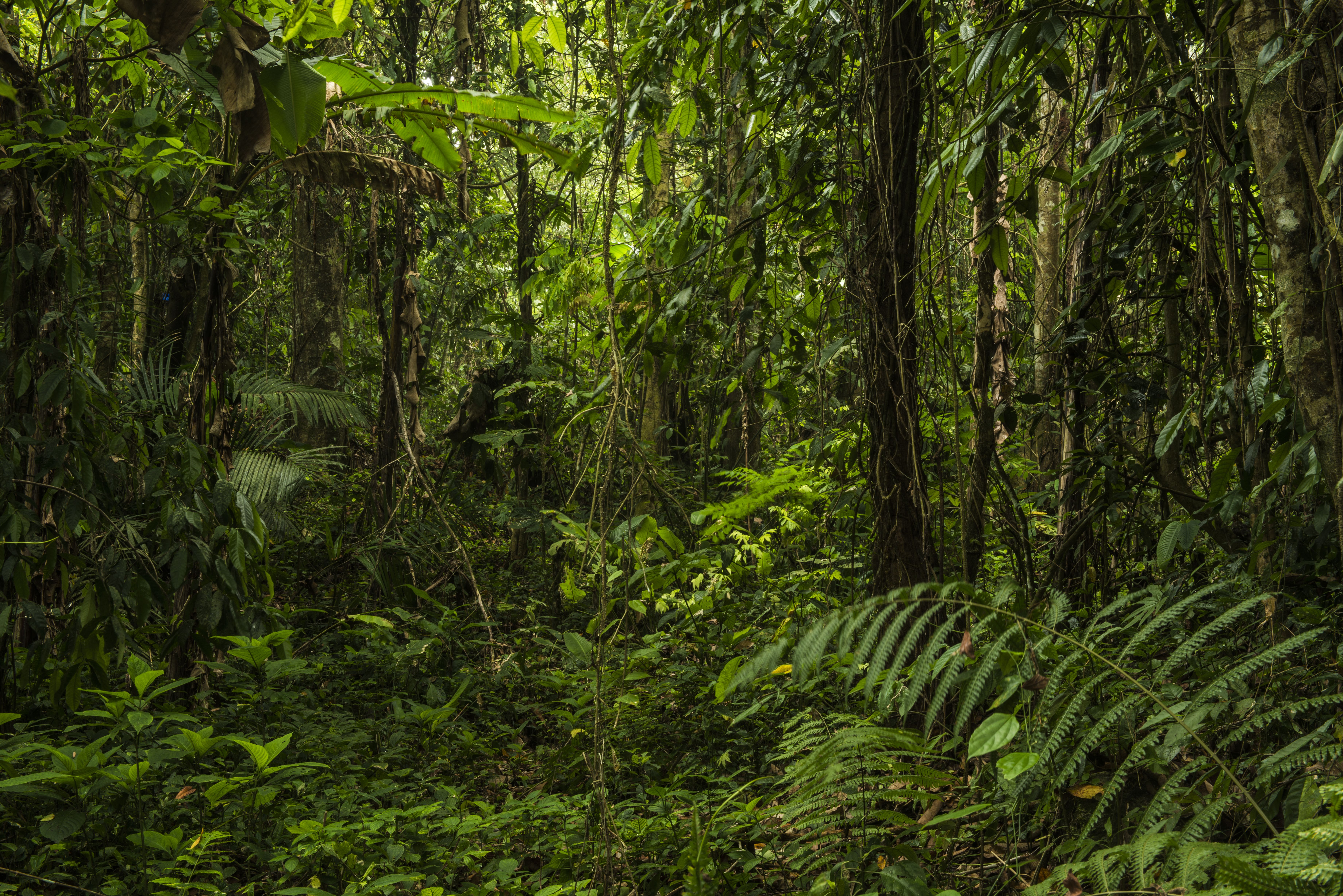
Primary rainforest area of the Xishuangbanna Tropical Botanic Gardens
Plants support a vast array of other species

Golden Camellia (Camellia nitidissima) preserve to make tea
Golden Camellia's (Camellia nitidissima) are preserved to make a health tea
Threats to Plants
Plant diversity is being lost at an unprecedented rate. In the past few centuries the changes in society and the increasing pace of development mean that the scale of human impact has grown catastrophically. It is estimated that there are around 400,000 plant species in the world, and at least 25% are now threatened with extinction. Habitat loss and degradation is the primary cause of species loss at local, regional, and global scales. It is estimated that habitat destruction from human activity is the primary threat for 83% of endangered plant species. The deliberate or inadvertent introduction of alien species has also led to considerable alteration of many native ecosystems and resulted in the decline of many native species.
Many plant species are being over-exploited. Examples are the unsustainable targeted logging of timber trees, excessive wild harvesting of medicinal and aromatic plants, and the extraction of non-timber forest products such as fruits, nuts, and resins. The fate of plant species is also being increasingly affected by climate change, models of future plant distributions indicate that a temperature rise of 2-3°C over the next hundred years could result in half the world’s plant species being threatened with extinction. Due to this multitude of different threats, only through coordinated action will it be possible to halt or reduce the loss of biodiversity. Botanic gardens in particular have a crucial role to play in ensuring that we conserve plant diversity for the benefits of all.
Plant Conservation in Practice
Integrated Plant Conservation
In situ is Latin for “on site”, in situ conservation is therefore the conservation of species diversity within normal and natural habitats and ecosystems. By comparison, ex situ conservation focuses on safeguarding species by keeping them in places such as seed banks or living collections. Because our natural systems face many threats, conserving them is not easy, and must use many techniques.
This includes the development, designation, and management of protected areas, tackling alien invasives, ecological restoration, and working with communities to promote sustainable plant use and land management. It is therefore important that ex situ and in situ conservation are designed and practiced to reinforce and complement each other. This combined approach is known as ‘integrated plant conservation’. Integrated plant conservation can be supported by research, horticulture, and education that can ultimately increase the success of conservation efforts.
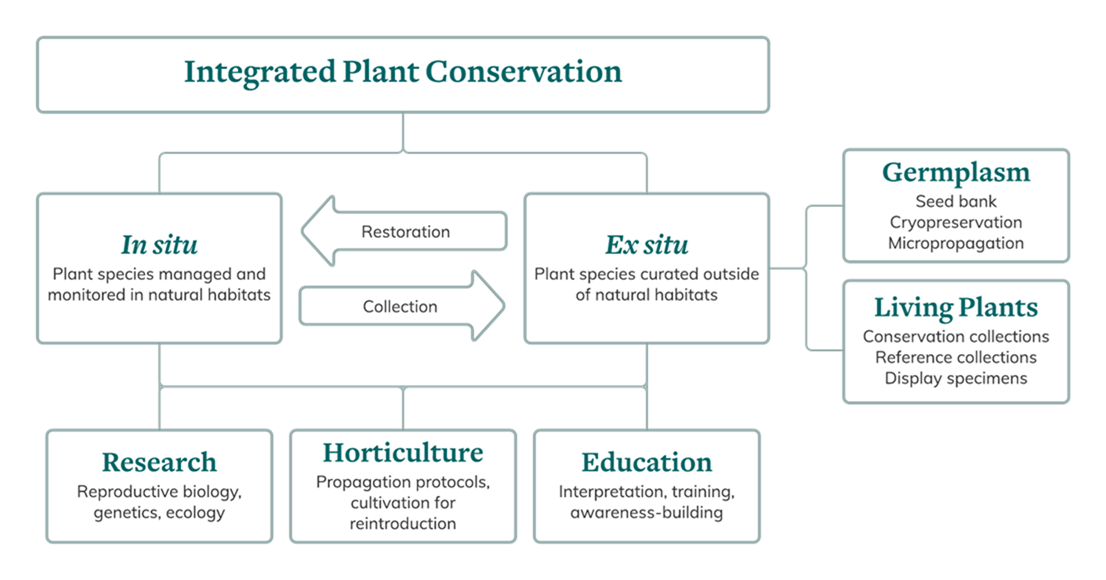
Botanic gardens are exceptionally well placed to make an important contribution to integrated plant conservation, as they have access to the skills and techniques to identify, cultivate, and propagate a huge variety of plant species. In addition, they hold important collections of living plants, seeds and other germplasm that can be of great value in supporting both in situ and ex situ conservation efforts.
For example, the collections of botanic gardens can provide a source of material for habitat restoration. The Ecological Restoration Alliance of Botanic Gardens is an excellent example of botanic gardens who are working together to restore degraded and damaged ecosystems.
Conservation Horticulture
Conservation horticulture is a term coined in the late 1990s to highlight the specialised knowledge and practical skills required in horticulture intended at the conservation of rare and threatened plants (e.g. Affolter 1997). Specifically, conservation horticulture aims at the development and management of ex situ collections that:
- are genetically diverse and representative of the target populations in the wild;
- provide plant material for in situ conservation, including population reinforcement and reintroduction programmes; and
- support conservation education and environmental sensitization.
Botanic gardens are key centres practicing conservation horticulture. Their documented collections-based scientific emphasis sets them apart from other horticultural approaches, such as production horticulture and amenity planting.
All of BGCI’s integrated ex and in situ conservation work worldwide focusing on rare and threatened plant species, promotes the principles of conservation horticulture.
Resources on Botanic Gardens
-
BGCI's Manual on Planning, Developing and Managing Botanic Gardens
Public Engagement, Services for Botanic Gardens, Policy and Advocacy / Publication, Tool / English, Spanish, French
Resources on Plant Conservation
-
BGCI's Propagation Protocol Manual
Conservation Horticulture / / English, Spanish, French -
BGjournal
Tree Conservation, Public Engagement, Ecological Restoration, Conservation Prioritisation, Seed Conservation, Conservation Horticulture, Services for Botanic Gardens, Plant Conservation, Policy and Advocacy / Publication, BGCI Journal / English, French -
Conservation Gap Analysis of Nothofagus
Conservation Horticulture / Publication / English -
Crop Wild Relative 2019 Road Map
Conservation Horticulture / Publication / English -
Dipterocarpaceae Conservation Horticulture Learning Modules
Tree Conservation, Conservation Horticulture, Plant Conservation / E-learning module / English -
Magnolia Conservation Horticulture Learning Modules
Tree Conservation, Conservation Horticulture, Services for Botanic Gardens / E-learning module, Tool / Spanish
Share





